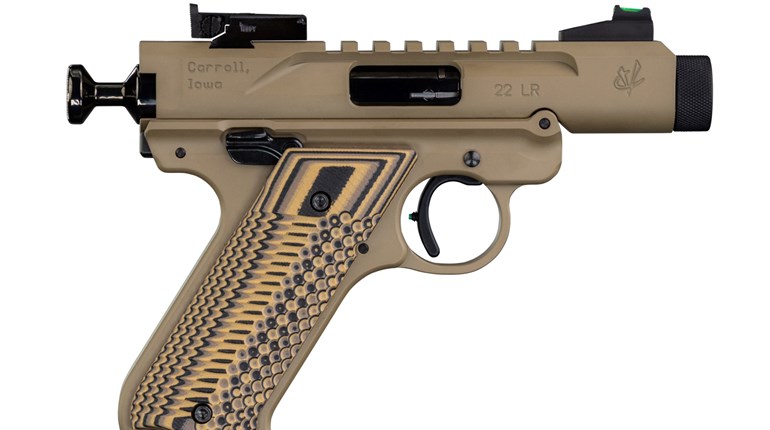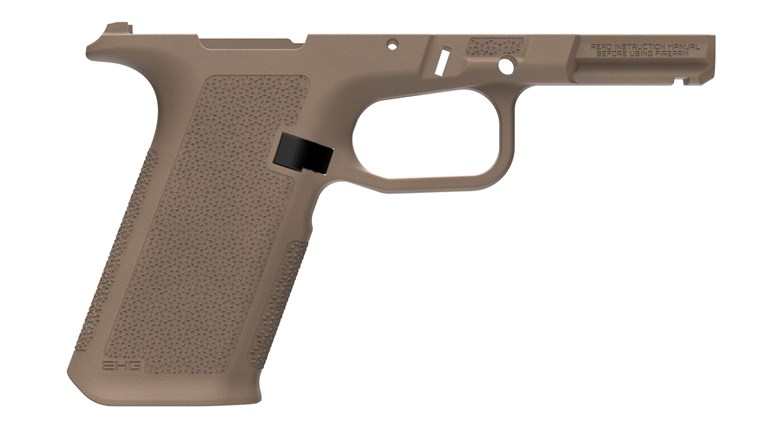
I previously pointed out that “internet economics” makes the buying of firearms that have little value not worth the extra shipping, transfer and any repair costs involved. But these inexpensive firearms can still be face-to-face fair deals. Here’s the second rifle in a $100 “two-fer” that wasn’t worthwhile to put online, but turned up with a surprise.
A local FFL dealer selling firearms on online auctions was happy to accept my offer of $100 for two nondescript .22 Long Rifle rifles that appeared to be unprofitable from an internet sales aspect after weighing the time and effort to list and ship the guns, as well as the seller’s premium, against the small commission they would fetch. The first one, a J.C. Higgins 103.299 bolt-action rifle (a.k.a. Marlin Model 81) that was detailed in the first part of this article might have fetched $100 online, or might have been a waste of time. It turned out to be a good deal for $50.
OPTIMISTIC CLASS
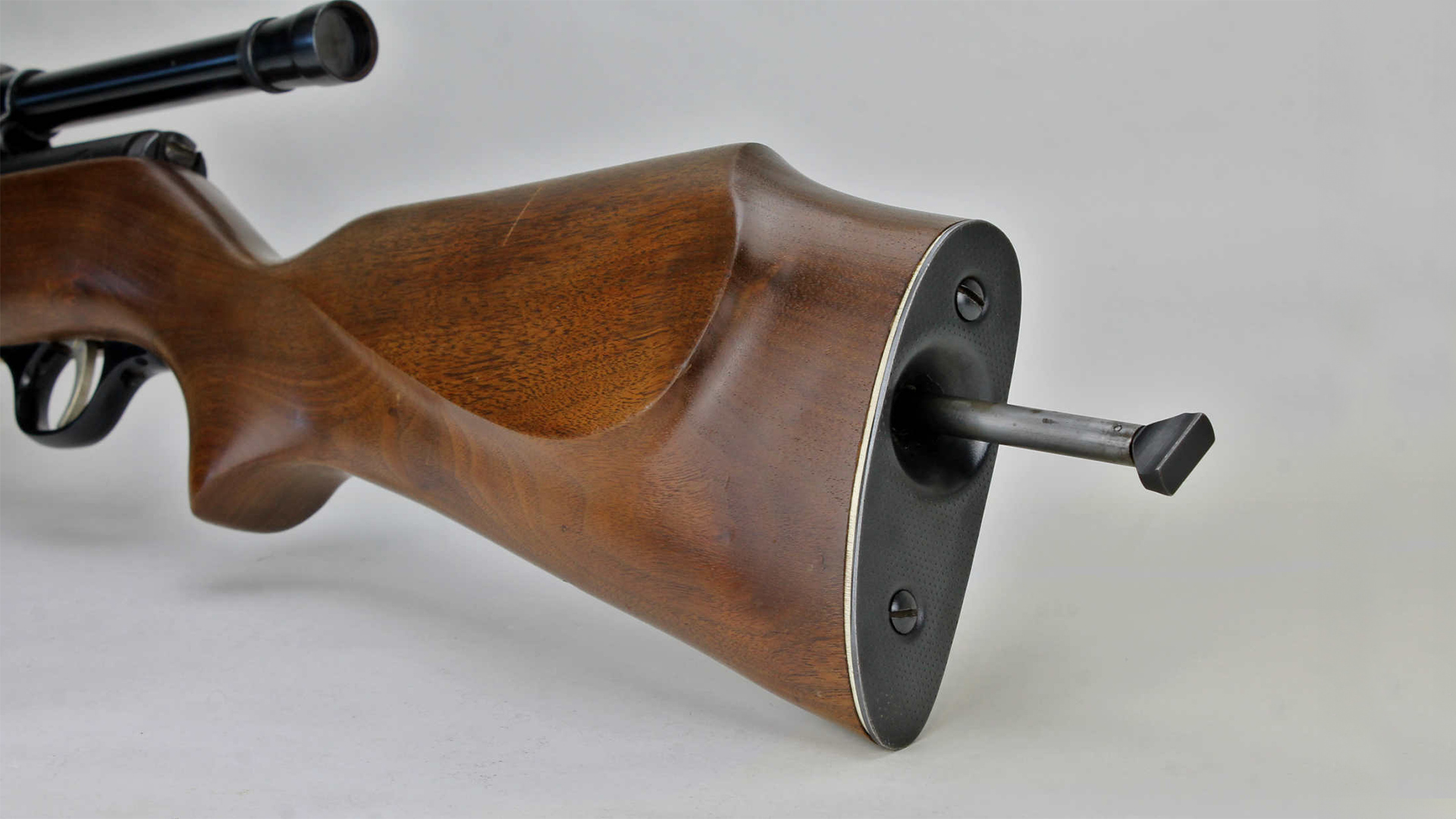
A throwback semi-automatic Marlin “Model Super-Automatic 98,” according to the 1957 Marlin catalog, is the second .22 rifle in the “two-fer” deal. It is nearly identical to Marlin’s Model 88; about the only difference between the two models is that the Model 98 rifle has a loading port in the right-hand side of the buttstock for its 15-round tubular magazine, whereas the Model 88 loaded through the butt plate. Marlin Model 88 inner magazine tubes had to be completely removed from the rifle to load cartridges, and so were prone to damage or loss because the shooter had to lay the tube down somewhere or hold it under an armpit in order to use both hands for reloading. The Model 98 was an improvement in that respect. The 1957 Marlin Model 98 list price was $43.95, equating to about $481 in 2024 dollars, so the Model 98 was not a bottom-of- the-line .22 rifle.
Indeed, Marlin shaped the stock from a fairly decent piece of walnut showing modest figure, which the 1957 Marlin catalog optimistically rated as, “Finest quality walnut.” The Monte Carlo cheek piece is an unexpected bit of class on a humble .22 rifle. The fore-end is flat, and the tip sweeps upward into a squared-off terminus which is as unpleasing aesthetically as the Monte Carlo is pleasing, as it renders a fore-end shape reminiscent of a 2x2-size plank. A white line spacer separates the wood from the steel butt plate because, well, it was made in the 1950s.
Marlin’s Model 98 is a full-size adult rifle, with a 22-inch barrel and 13½-inch length of pull adding up to an overall length of 42 inches. “Shoots all forms of standard .22 caliber long rifle ammunition, greased or waxed, regular or high velocity loads, without adjustment,” the catalog description reads. “Easy to take-down for cleaning and oiling,” it also says. Easy takedown is true enough only if you know what you’re doing, and reassembly is a bit more tricky.
BLEMS AND ABSENTEES
A few irregularities compromise the originality of this specimen, negatively impacting its value and what little collectability it might hold for anyone. Notably, the ramped front sight is missing its hood. What appears to be a Marlin factory installed blank fills the dovetail where the barrel-mounted rear sight would be.
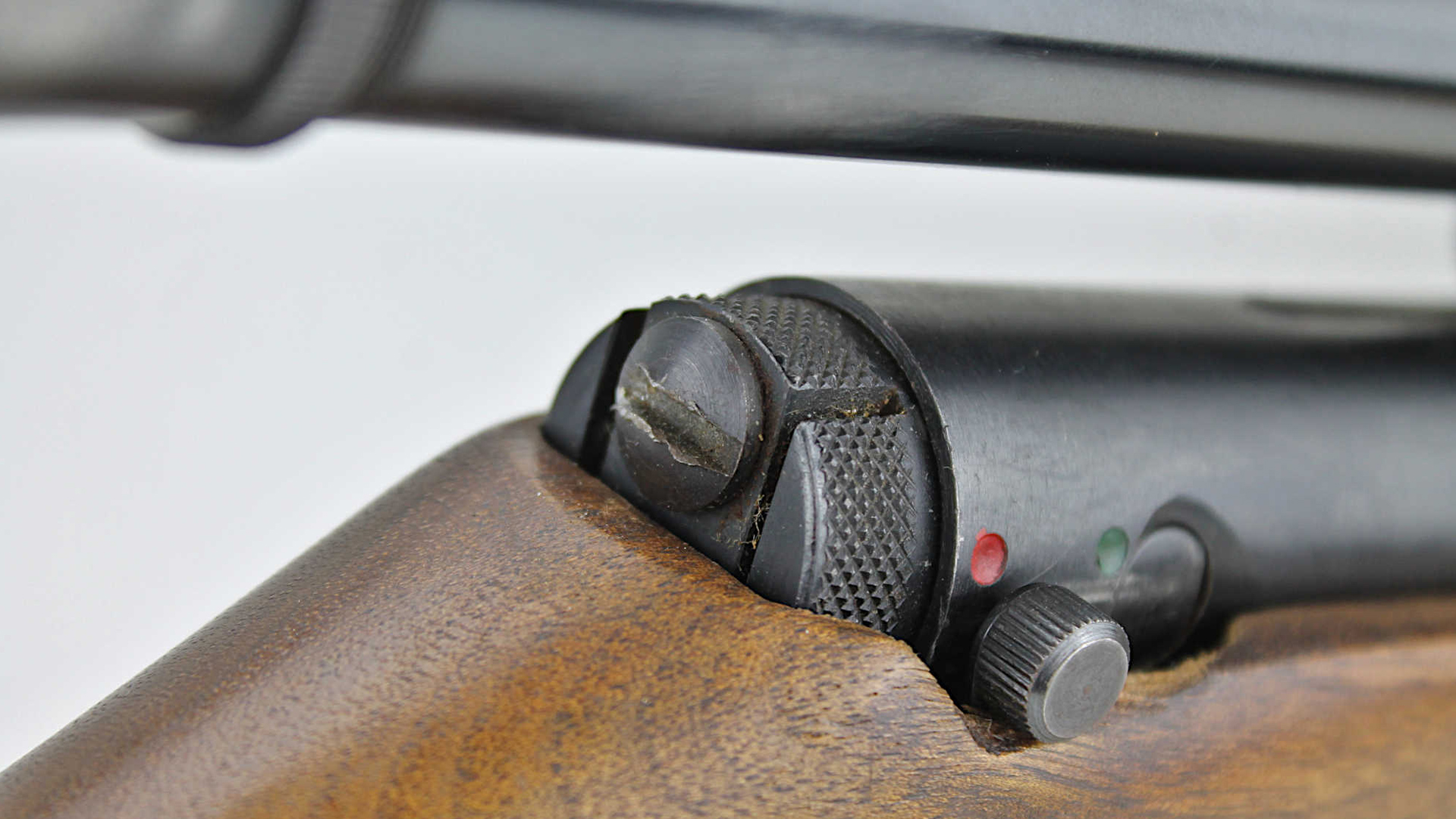
Marlin Model 98s also had provision for a proprietary aperture sight, two vertical slots cut into the knurled knob that closes the back of the receiver. Marlin apparently (judging by catalog photos) installed barrel dovetail blanks when the aperture sight was installed. The aperture sight went wherever the front sight hood went, in order to mount a Weaver B4 4X scope in a Weaver “22 TIP-OFF” mount clamped to the grooved receiver.
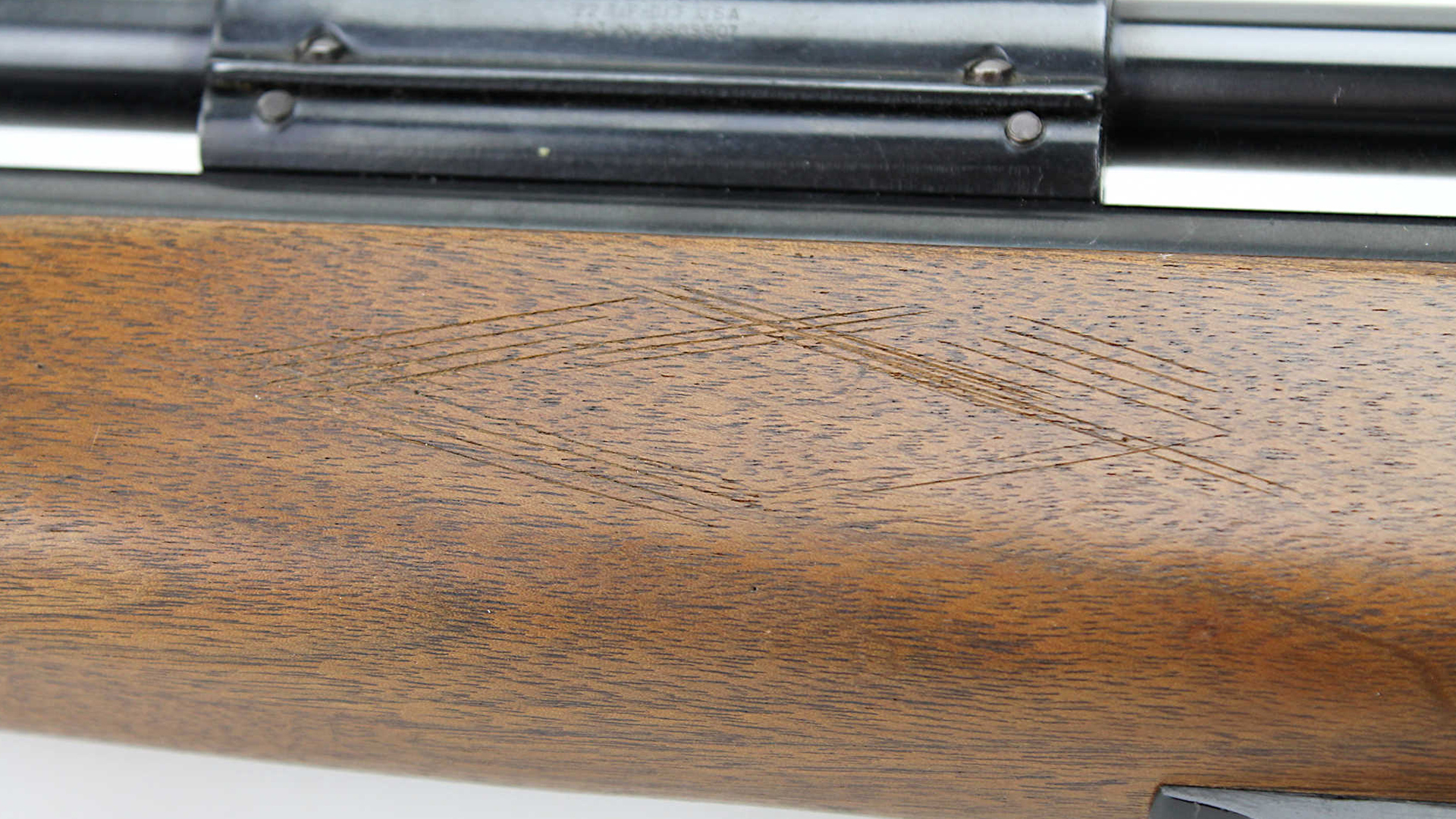
Two blemishes further reduce the rifle’s value: the Marlin “bullseye” is absent and an amateur attacked the stock on the left side with a checkering tool, but quickly aborted the attempt at decoration. Bluing on the barrel is considerably faded, as well. More seriously affecting its salability, at some point the safety suffered the tinkering of an amateur and was inoperative, which the dealer made clear to me and I verified when I purchased the rifle. Troubleshooting, repairing and finding parts for old guns is part of my job description; I know that Marlin sight hoods and “bullseyes” are available, and I judged fixing the safety would cost me next to nothing, if nothing at all.
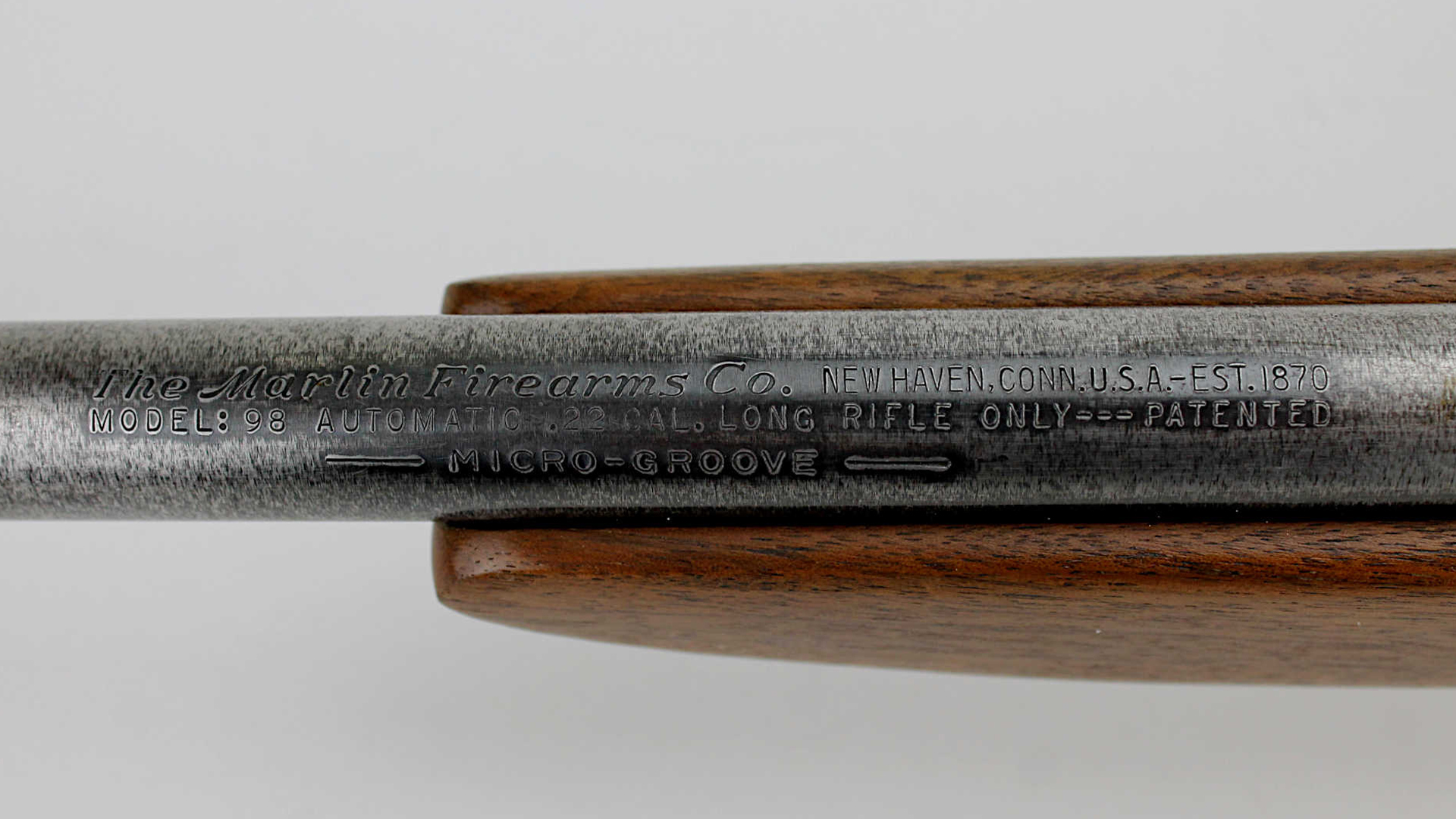
No “exploded view” schematic of the Marlin Model 98 or Model 88 appears to exist, but an illustrated parts list for the Model 88 found in my Firearms Guide was helpful in figuring out that the Marlin’s “Positive sear lock safety” suffered a missing safety spring, safety lever blade and safety lever blade retaining spring. While the latter two parts were available from Numrich Gun Parts Corp., the safety spring appears to be extinct, so I fashioned one from my collection of random gun springs that I have accrued over the years. Cost of the parts came to $11 plus shipping and handling.
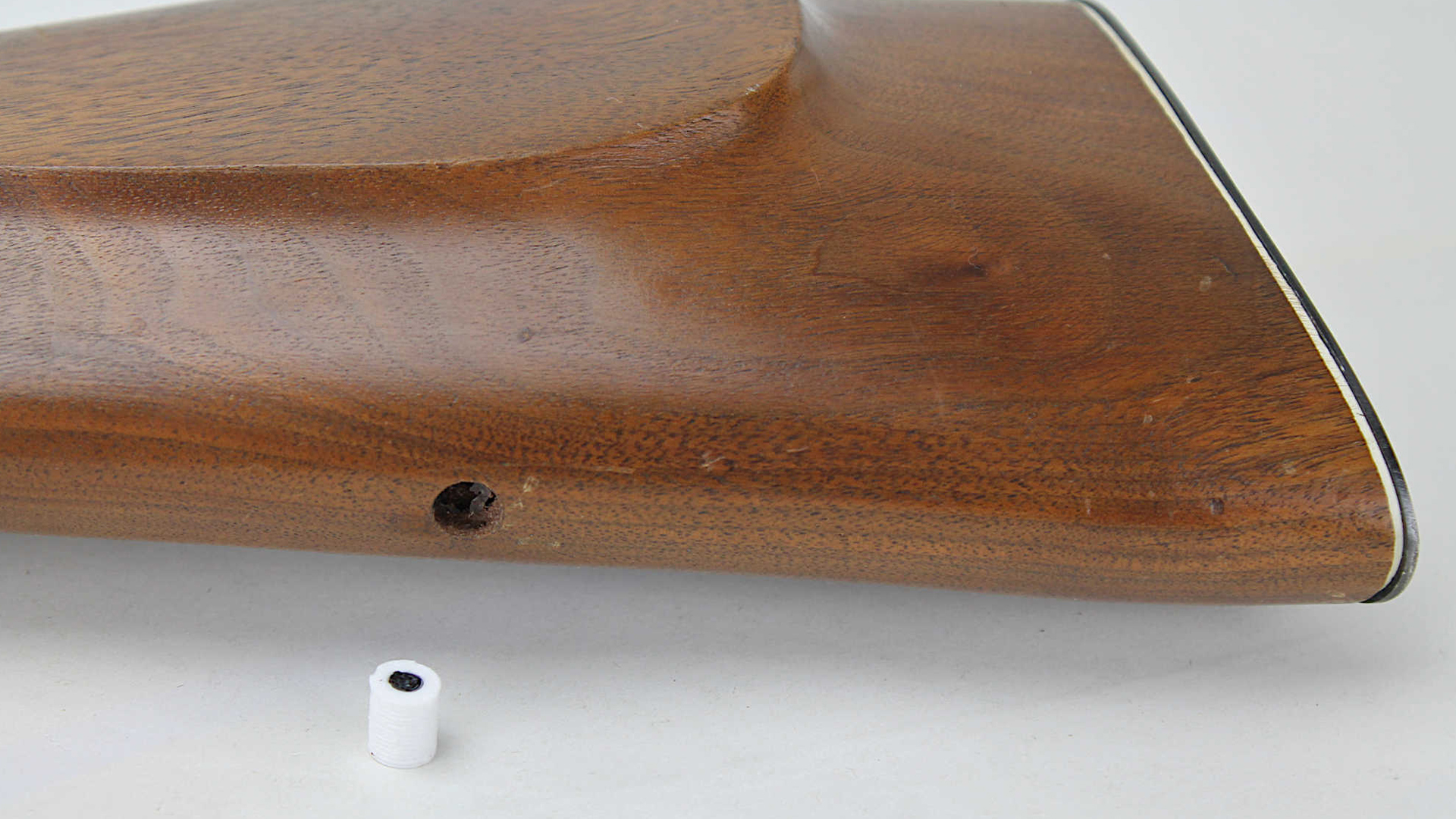
COMBO VALUE
As it turned out, post-purchase research showed Marlin manufactured only 9,061 Model 98s during its flash-in-the-pan 1957 to 1959 production run, so they’re somewhat rare today. Even so, oddly, they generate no real collector interest. Marlin Model 98 rifles have been fetching $140 to $175 online (disregarding the inevitable anomaly that garners twice that from the unwary, the nostalgic or the gotta-have-one collector), hardly better than the $100 value expected. Still, the FFL dealer and I should have extended this rifle and scope combo a little respect.
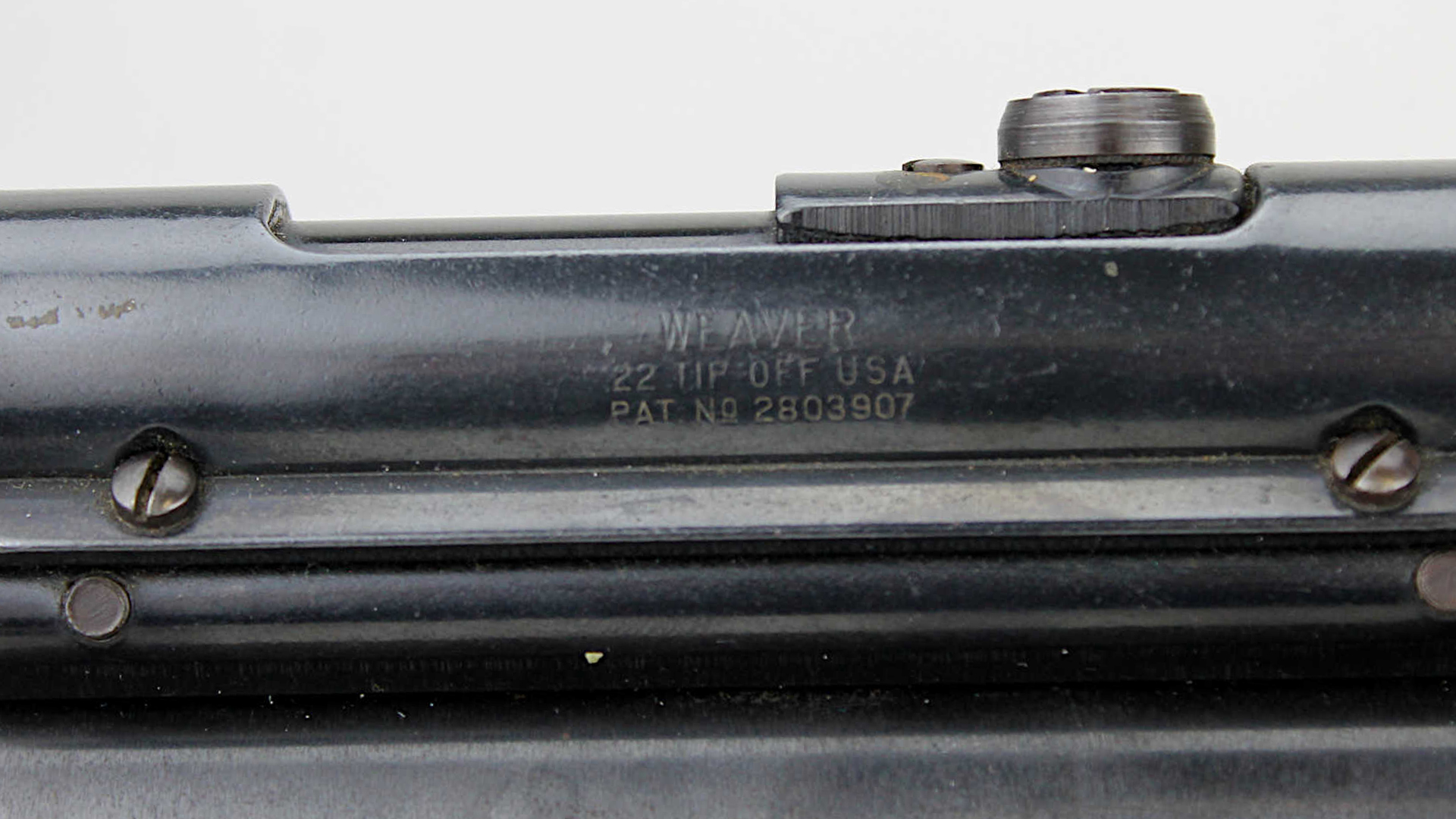
The surprise here was in dismissing the old ¾-inch scope as pretty much worthless. However, researching the Weaver B4 scope revealed that those in very good to excellent condition like this one can actually garner upwards of $175 to $200. The original matching Weaver tip-off mount is in excellent condition, adding a little more value. Ultimately, the humble scope and mount are arguably more valuable than the uncommon rifle itself. Go figure.
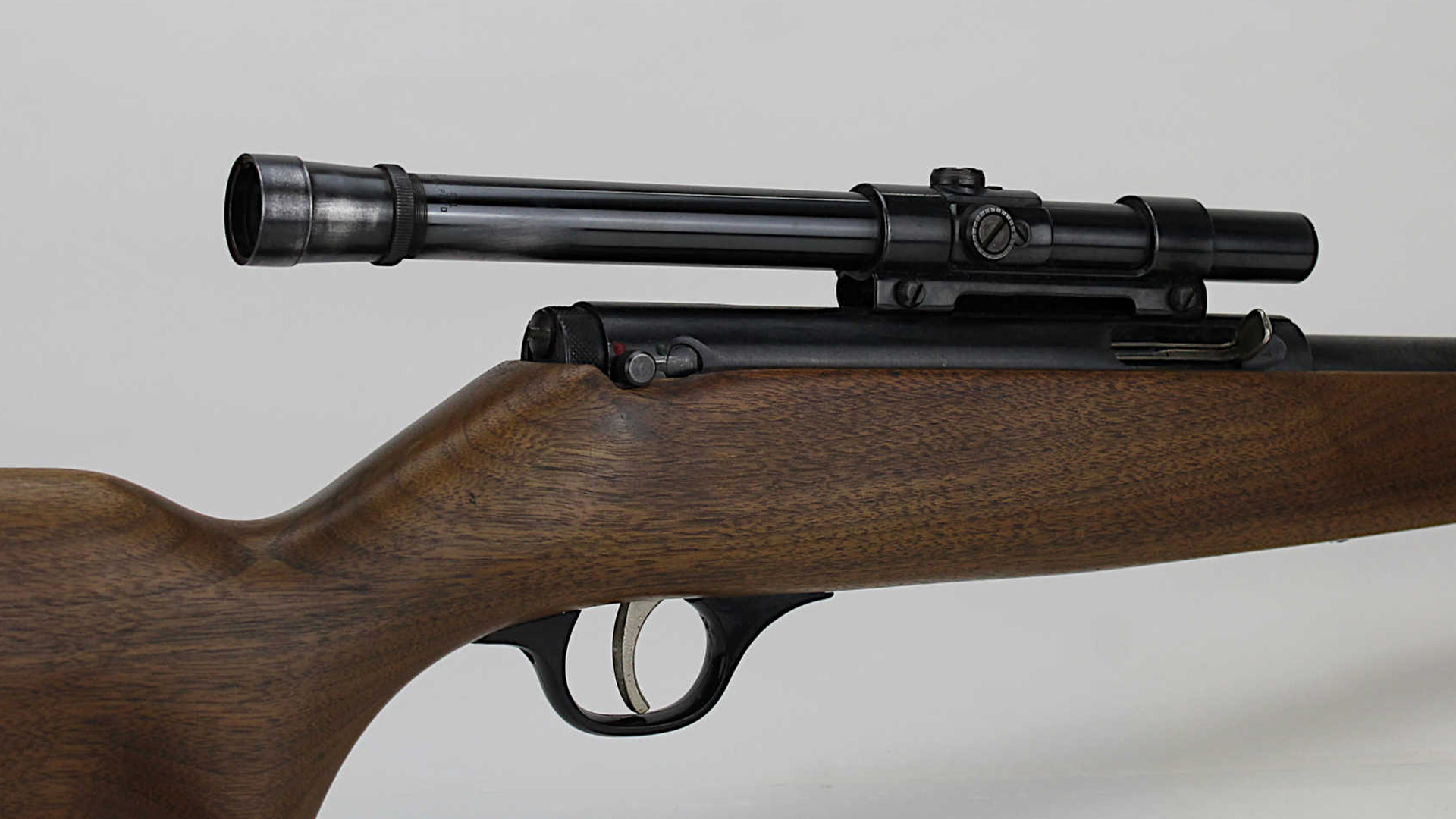
In the end, it was internet economics that ultimately handed me these two handy half-price plinkers in exchange for a Benjy. After enjoying some plinking, I will most likely give them away to friends or family, as I already have more .22 rifles than I can reasonably feed and house—and because selling them online still won’t make “internet economics” sense.














